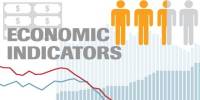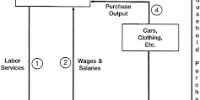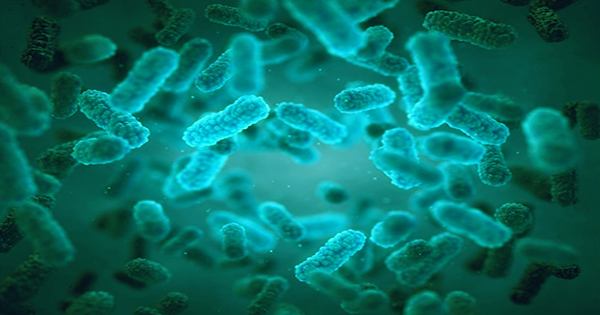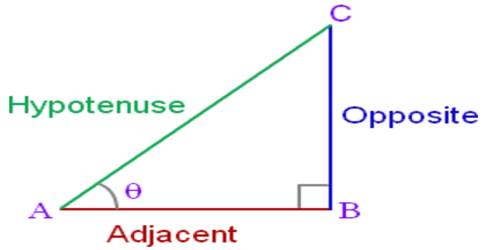A steady-state economy is an economy structured to balance growth with environmental integrity. It is an economy made up of a constant stock of physical wealth (capital) and constant population size. This economy seeks to find an equilibrium between production growth and population growth. In effect, such an economy does not grow in the course of time. To be sustainable, a steady-state economy may not exceed ecological limits.
In a steady-state economy, the population would be stable with birth rates closely matching death rates and production rates similarly matching the depreciation or consumption of goods.
In a steady-state economy, success would be measured by how stable gross domestic product (GDP) is, rather than by GDP growth being the main measure of economic health. The term usually refers to the national economy of a particular country, but it is also applicable to the economic system of a city, a region, or the entire world. It entails the stabilized population and per capita consumption. The aims for the efficient use of natural resources and also seeks fair distribution of the wealth generated from the development of those resources. Birth rates equal death rates, and production rates equal depreciation rates. Minimizing waste allows for a steady-state economy at higher levels of production and consumption.
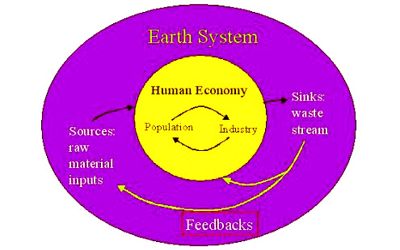
This economy seeks stability over the long-term and maybe judged on a local, regional, or national scale. Early in the history of economic thought, classical economist Adam Smith of the 18th century developed the concept of a stationary state of an economy: Smith believed that any national economy in the world would sooner or later settle in a final state of stationarity.
The concept of a steady-state economy actually reaches back to classical economics, although it is now more commonly associated with economist Herman Daly. A steady-state economy is not to be confused with economic stagnation: Whereas a steady-state economy is established as the result of deliberate political action, economic stagnation is the unexpected and unwelcome failure of a growth economy. GDP is not a good indicator of well-being but is a solid indicator of economic activity and environmental impact.
An ideological contrast to the steady-state economy is formed by the concept of a post-scarcity economy. Ecological and environmental economists–major supporters of the idea of a steady-state economy–have long held that the environment cannot support an unlimited growth of production and wealth. It is important to note that a steady-state economy is distinct from a stagnant economy.
Information Source:


